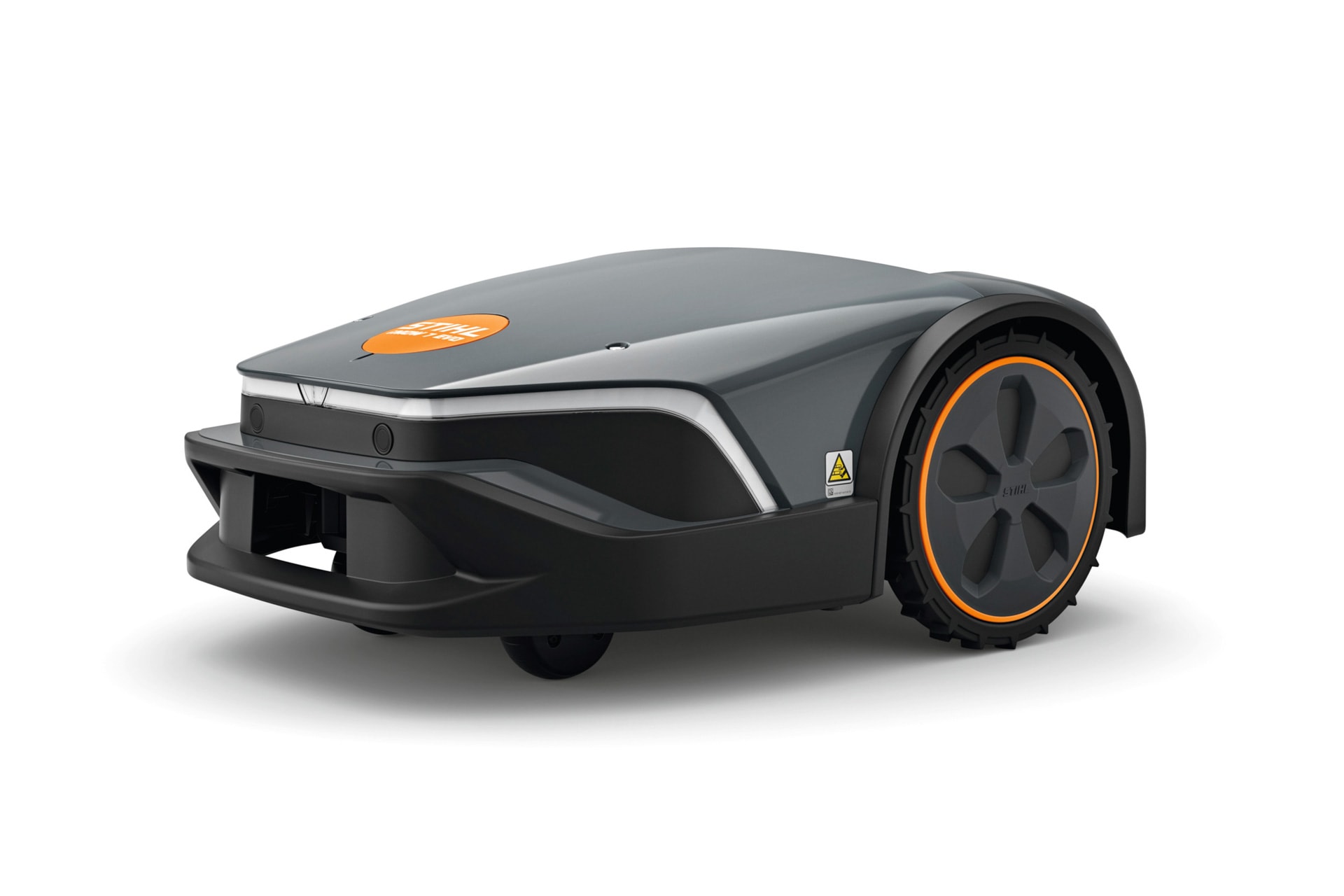Sharing Your Stihl Backpack Sprayer Experience: A Comprehensive Guide
So, you’ve taken the plunge and invested in a Stihl backpack sprayer. Congratulations! You’re now part of a community of professionals and homeowners who appreciate the power, reliability, and efficiency of Stihl’s equipment. But your journey doesn’t end with the purchase. Sharing your experience—both the good and the bad—can help others make informed decisions and get the most out of their own Stihl sprayers. This comprehensive guide will delve into the key aspects of Stihl backpack sprayers, focusing on what makes them tick and how to maximize your investment.
Why Torque Matters in a Backpack Sprayer
Before we dive into specific models, let’s address a crucial aspect often overlooked: torque. While horsepower might grab the headlines, torque is the real workhorse when it comes to a backpack sprayer. Torque is the rotational force that an engine produces, essentially its pulling power. In the context of a sprayer, high torque translates to smoother operation, especially when tackling thick vegetation or working uphill. A sprayer with robust torque will consistently deliver the pressure needed for even application, preventing clogging and ensuring a thorough job. A weak torque, on the other hand, might lead to sputtering, inconsistent spray patterns, and ultimately, wasted time and resources. Think of it like this: horsepower gets you up to speed, but torque keeps you moving, especially when facing resistance.
Stihl Backpack Sprayer Engine Options: A Detailed Look
Stihl offers a range of backpack sprayers with varying engine options, each tailored to specific needs. Researching the specific torque and horsepower ratings for your chosen model is essential. While Stihl doesn’t always explicitly advertise torque figures in the same way they do horsepower, you can often find this information in detailed specifications or through contacting Stihl directly. Look for engines known for their reliability and longevity. Factors like displacement (cubic centimeters) can indirectly indicate torque potential – larger displacement generally equals higher torque. Consider the type of work you’ll be doing. Larger properties or denser vegetation might necessitate a sprayer with a more powerful engine and higher torque.
Understanding Torque and Towing Specs (Where Applicable)
While most Stihl backpack sprayers are designed for carrying and manual operation, some larger, commercial-grade models might have features relevant to towing or attachments. If you’re considering such a model, pay close attention to the manufacturer’s specifications regarding towing capacity and any limitations. The torque output is directly relevant here, as insufficient torque could lead to strain on the engine and potential damage. Always operate within the manufacturer’s recommended limits to avoid safety hazards and ensure the longevity of your equipment.
Comparing Stihl to the Competition
Stihl consistently ranks among the top brands for outdoor power equipment. However, comparing Stihl backpack sprayers to competitors is a valuable exercise. Consider factors like engine technology, tank capacity, spray wand features, comfort features (padding, straps), ease of maintenance, and price. Some competitors might offer comparable features at lower price points, while others might emphasize specific technologies that Stihl lacks. Understanding these differences will allow you to make an informed decision based on your specific needs and budget. Online reviews and comparisons can be invaluable resources in this stage of research.
Practical Advice and User Tips for Stihl Backpack Sprayers
Here are some practical tips based on collective user experiences with Stihl backpack sprayers:
- Proper Maintenance is Key: Regular cleaning, filter changes, and engine maintenance are crucial for optimal performance and longevity. Following the manufacturer’s recommended maintenance schedule is essential.
- Understand Your Mixture Ratios: Accurately mixing your chemicals is paramount for effective spraying and to avoid damaging your sprayer. Always refer to the instructions on your pesticide labels.
- Choose the Right Nozzle: Different nozzles are designed for different applications. Experiment to find the nozzle that delivers the best spray pattern for your specific needs.
- Practice Proper Ergonomics: Adjust the straps and harness properly to ensure comfort and prevent strain during prolonged use. Take regular breaks to avoid fatigue.
- Storage and Winterization: Properly store your sprayer during periods of non-use, especially during winter months. This prevents damage from moisture and extreme temperatures. Consult your owner’s manual for specific winterization instructions.
- Safety First: Always wear appropriate personal protective equipment (PPE), including gloves, eye protection, and a respirator, when using chemicals.
Sharing Your Stihl Experience: Where to Share
Once you’ve had a chance to put your Stihl backpack sprayer through its paces, sharing your experience is valuable. Consider contributing to online forums, review sites, or even creating your own blog post or video review. Be honest and detailed in your feedback, highlighting both the positive and negative aspects. Your contribution can help others make better choices and improve their own spraying experiences. Remember, your perspective matters!
By understanding the nuances of torque, engine options, and practical usage, you can truly unlock the potential of your Stihl backpack sprayer. Happy spraying!
